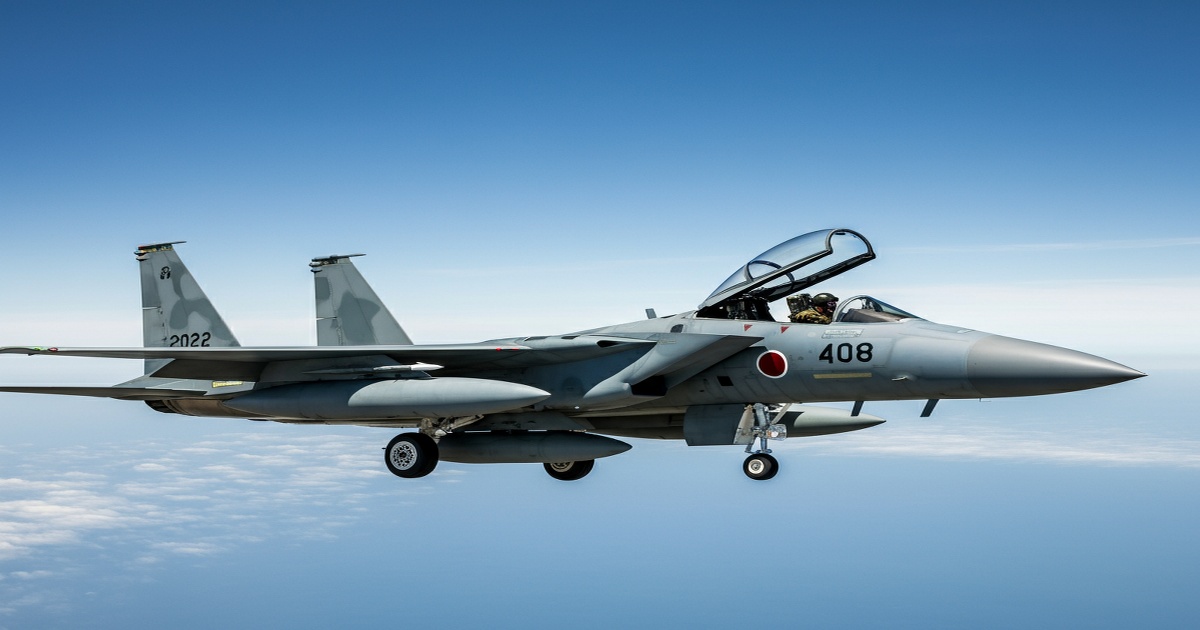The estimated expenditure for enhancing the Air Self-Defense Force's F-15 fighter jets with advanced standoff missiles has climbed to over 1 trillion yen, translating to approximately $6.7 billion. This figure represents 1.5 times the Defense Ministry’s original projections, leading to potential delays in the rollout of the upgraded aircraft, originally set for fiscal 2027, according to ministry insiders.
This upgrade initiative is a key strategy in bolstering Japan's military readiness in response to China's increasing maritime assertiveness. The United States has been operating the F-15 since the 1970s, and among the ASDF's fleet of 200 jets, 68 newer versions are scheduled to receive modifications to incorporate the Joint Air-to-Surface Standoff Missile-Extended Range (JASSM-ER), which boasts a striking range of around 900 kilometers. The upgrades will also include new radar systems and electronic warfare technology.
Mitsubishi Heavy Industries is tasked with executing the upgrades, collaborating with Boeing in the U.S. These F-15s are anticipated to remain in service until approximately 2050. The Defense Ministry had previously estimated the renovation and testing costs of these 68 aircraft at 646.5 billion yen in fiscal 2021. However, due to rising development and testing costs, a weakened yen, and overall inflation, this estimate was revised upward to 1.16 trillion yen by March of this year.
Initiated in fiscal 2019 and revised again in fiscal 2021, the upgrade plan has seen continuous cost escalations, prompting the ministry to communicate to involved manufacturers that the timeline for the upgraded F-15s, initially pegged for 2027, is likely to stretch into 2028 or beyond. Despite some funding already being allocated for the standoff missiles in the fiscal 2023 budget, concerns remain that the modified aircraft might not be ready to deploy by the anticipated date.
The upgrade project is framed within the U.S. government's Foreign Military Sales program, allowing it to serve as the mediator between U.S. manufacturers and the Japanese government. Initial costs associated with the upgrades include the design of equipment tailored to Japanese specifications and the establishment of necessary facilities, with most expenses incurred by the U.S. side. The Japanese Defense Ministry has set aside 183.7 billion yen for these initial costs in the budget through fiscal 2024. While no funds were designated for fiscal 2025, a senior official indicated ongoing discussions between Japan and the U.S. regarding the total initial expenses, hinting that allocations will be made promptly once finalized. Additionally, the fiscal 2023 budget has earmarked 91.9 billion yen for the upgrade of 20 ASDF aircraft.







5 Comments
BuggaBoom
Delays are unfortunate, but it's crucial to get the upgrades right. I trust the Defense Ministry is making the right call.
Loubianka
Are we seriously using taxpayers' money for a weapons upgrade when we have so many social issues to address?
Katchuka
In a rapidly changing security landscape, expanding our military capacity with modern weapons is a smart move!
Loubianka
Given the rising costs, the government needs to seriously reconsider if this upgrade is feasible at all.
Michelangelo
These upgrades are necessary to ensure we stay ahead of any military threats. Better safe than sorry!